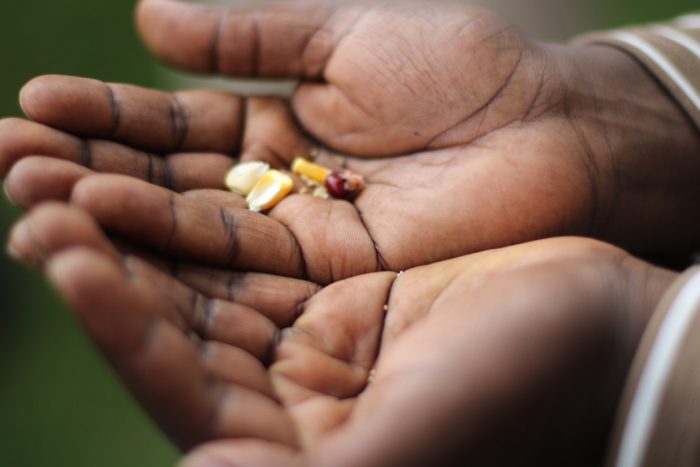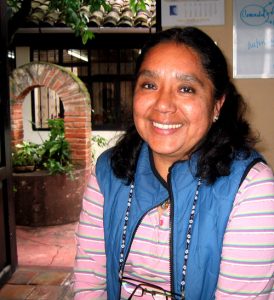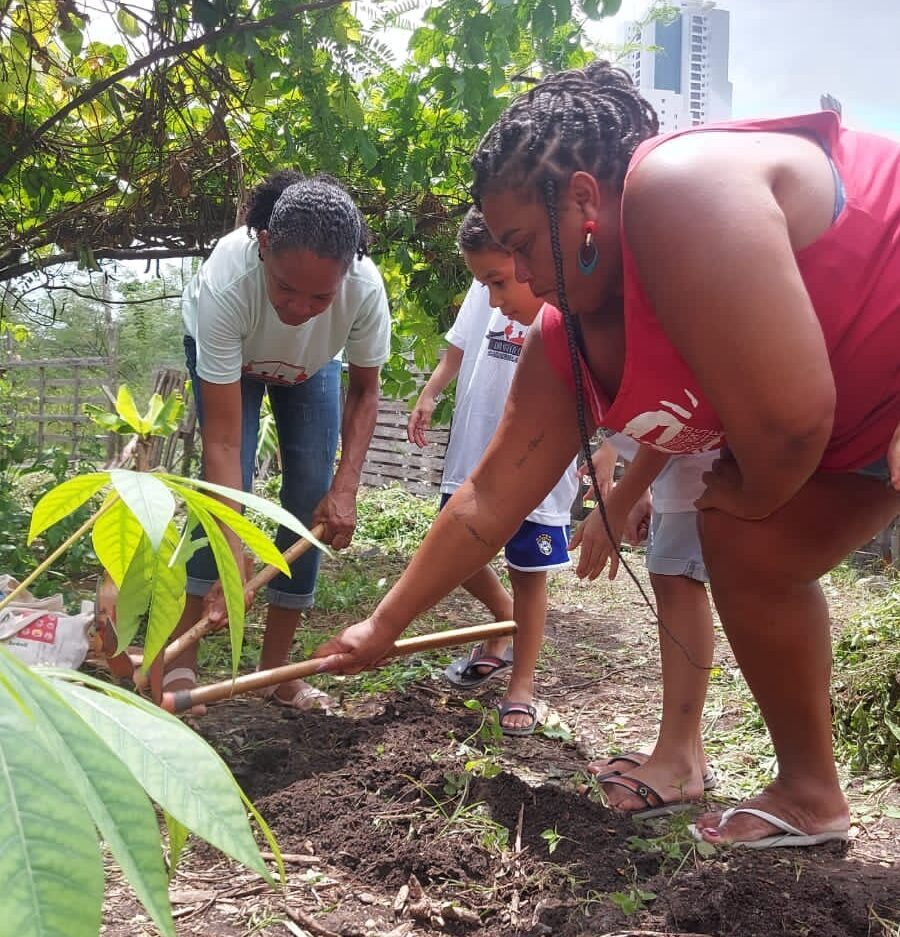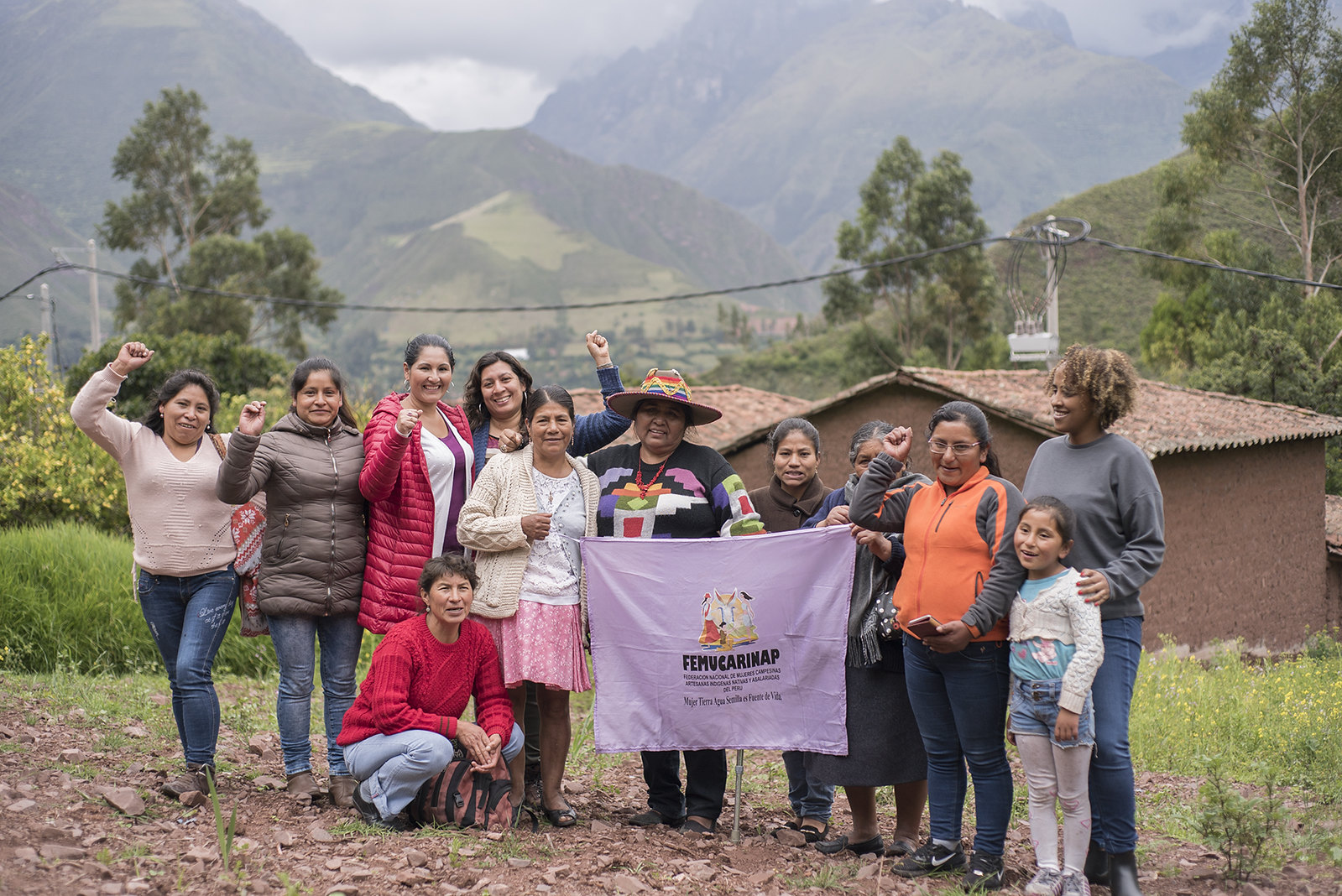A day to celebrate corn in Mexico

By Katherine Zavala, former Director of Programs
Mexico celebrates the National Day of Maize on September 29. Thousand Currents’ former Director of Programs, Katherine Zavala, interviewed María Estela Barco Huerta, General Coordinator of Social and Economic Development of Indigenous Mexicans (DESMI) and Thousand Currents partner, to talk about why this day is important to indigenous communities in Chiapas.
Katherine Zavala: What is the value of protecting local varieties of maize in Mexico?
María Estela Barco Huerta: We work not only to protect the corn, but all kinds of seeds, plants, and animals. Corn is representative of Mexican culture, and the threats of Monsanto. To defend corn is to defend the corn as a production unit, but also corn with other natural foods grown [in Meixco] such as beans, squash, chili, quelites [green leafy vegetables], tomatillo, yerba mora [medicinal plant], etc.

María Estela Barco Huerta in the DESMI office in Chiapas.
The value of defending ancient practices is to defend the people, to defend biodiversity and many species of corn that retain the native peoples and peasants throughout the Mexican territory. To defend corn is to defend the right to food, the right to remain owners of the seeds that ancestral peoples have inherited.
Mexico is center of origin of maize, more than 60,000 native breeds and varieties according to research conducted. They say that just 10 races have been used in breeding. To defend maize seeds is to defend the future of food of indigenous peoples.
KZ: Is there work being done to protect native seeds nationally?
MEB: Yes, because if the consciousness of the peasants is not strengthened, they cannot address this threat related to the seeds. Our work is to support indigenous communities to assume the responsibility to care for, preserve and protect indigenous varieties.
Research conducted by [another indigenous peoples’ organization] CENAMI says that out of 10 peasant-farmers, only three retain their native seeds. The risk of losing them threatens the power of the people. Since agroecology workshops we reflect and share techniques to preserve them and select the best native varieties.
In the communities of the autonomous municipalities, a whole awareness work is done, to protect all kinds of seeds and local species, not just working with farm animals.
The government law on the certification and marketing of seed, issued in 2007, is threatening the food security of peoples, favoring multinationals to be absolute masters of seeds, looking to depend forever on them, buying not only the hybrid and transgenic seeds, but the package of pesticides inputs.
KZ: How have you seen the pollution or the threat of genetically-modified seeds in your work?
MEB: In the communities where we work, we have not had the actual experience of encountering contamination. Communities have agreements not to allow entry to their villages of transgenic seeds.
Towards the south communities that have as many hectares of land have used improved seeds, or hybrids though. Many communities have lost native seeds. There is a process of awareness and recovery of [native] seeds [occurring] but this is long term.
Related Stories




